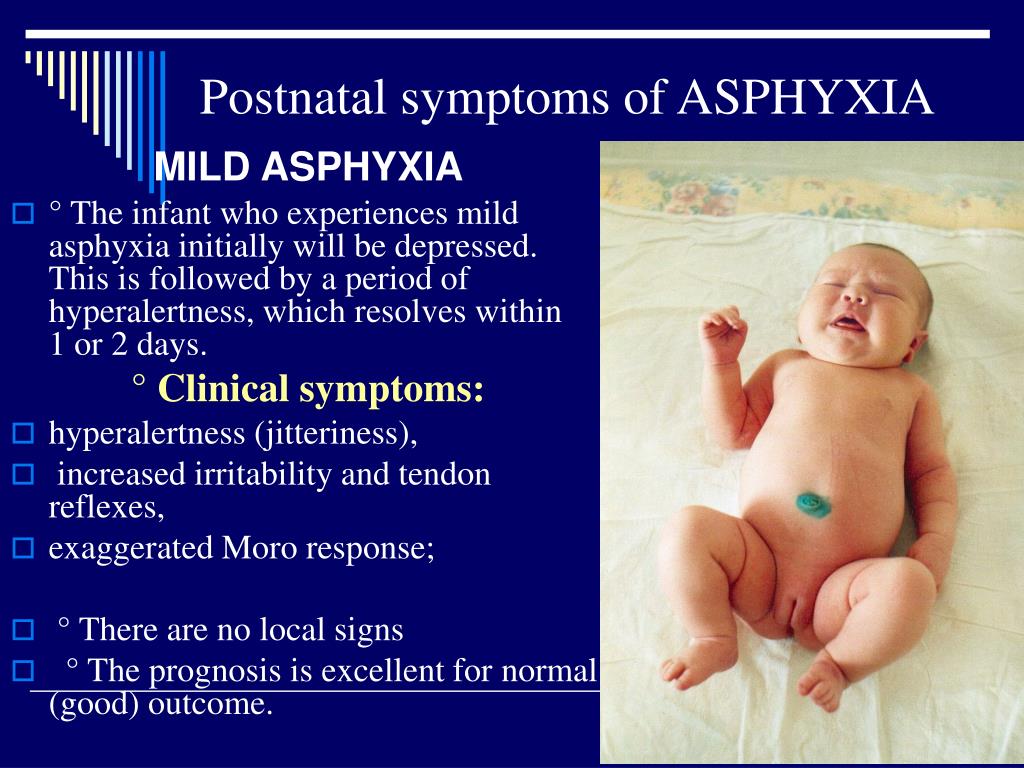
PPT Asphyxia of the newborn. Birth trauma PowerPoint Presentation, free download ID5690189
Newborn positional asphyxia occurs when an infant's breathing is obstructed due to their position. This can happen during sleep or while being held in certain positions. It's essential to understand this condition so that you can take steps to prevent it from happening to your baby.
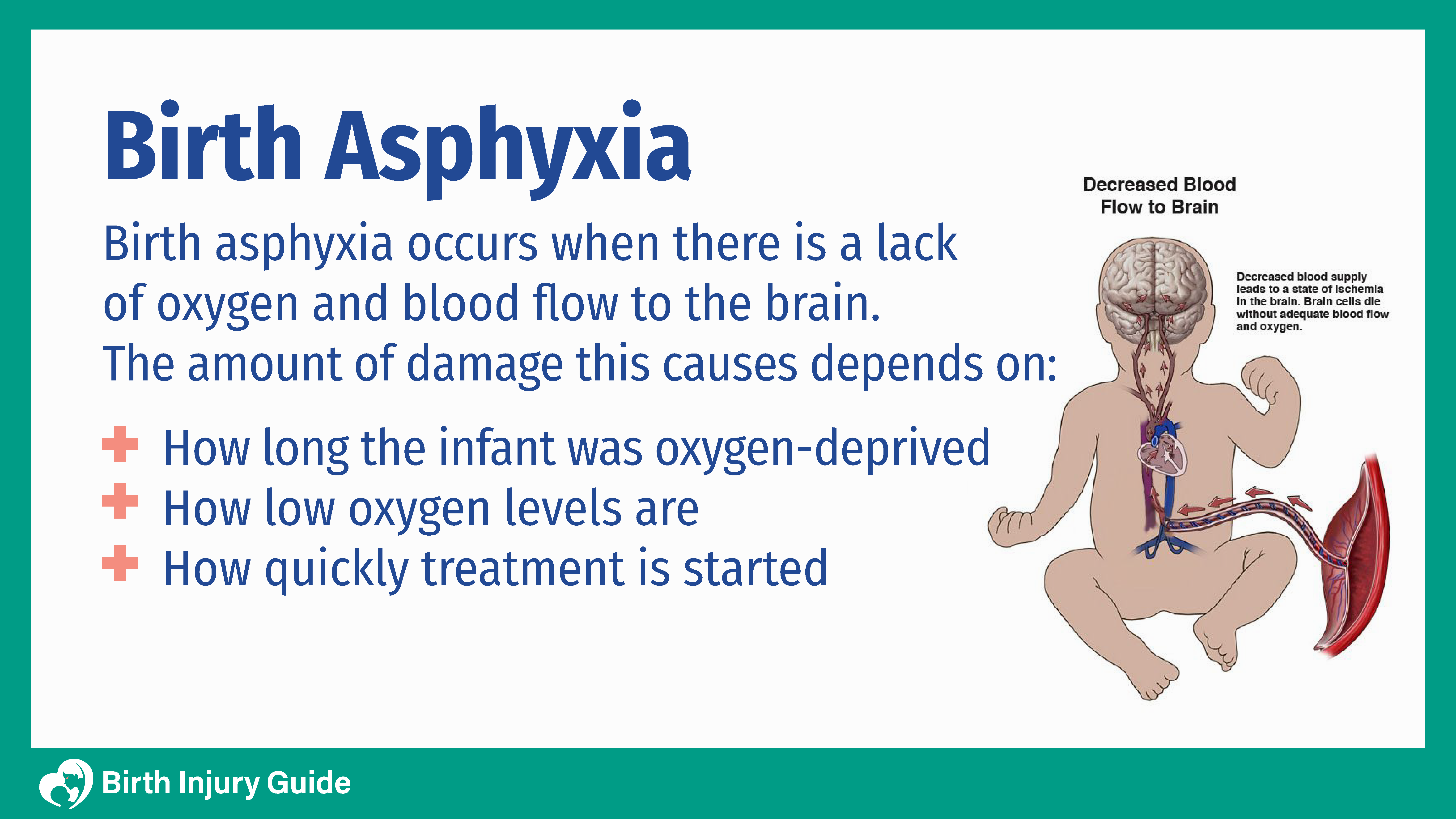
Birth Asphyxia Birth Injury Guide
Overview What is asphyxiation? Asphyxiation (as-fik-see-ay-shen) is when your body doesn't get enough oxygen. Asphyxiation affects how you breathe. It may cause you to pass out (unconsciousness). It can also cause death. Other names for asphyxiation include asphyxia and suffocation. Advertisement

What is Positional Asphyxia? (with pictures)
What is Positional Asphyxia? Babies who experience positional asphyxia cannot breathe because the position of their body blocks their airway. This can occur in several ways: When the mouth and nose are blocked by something covering them.
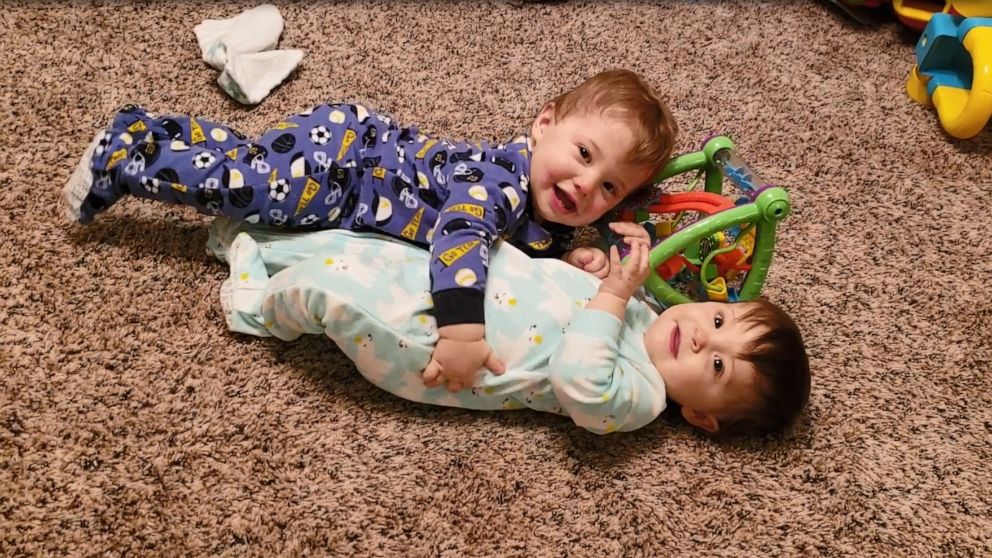
My son died from positional asphyxia in a car seat. Here's what parents need to know. Good
Positional (postural) asphyxia is a form of mechanical asphyxia that occurs when a person is immobilized in a position which impairs adequate pulmonary ventilation and thus, results in a respiratory failure. [ 1, 2] In some cases, the body position has a direct hindering effect on normal circulation and venous return to the heart, which may be a.
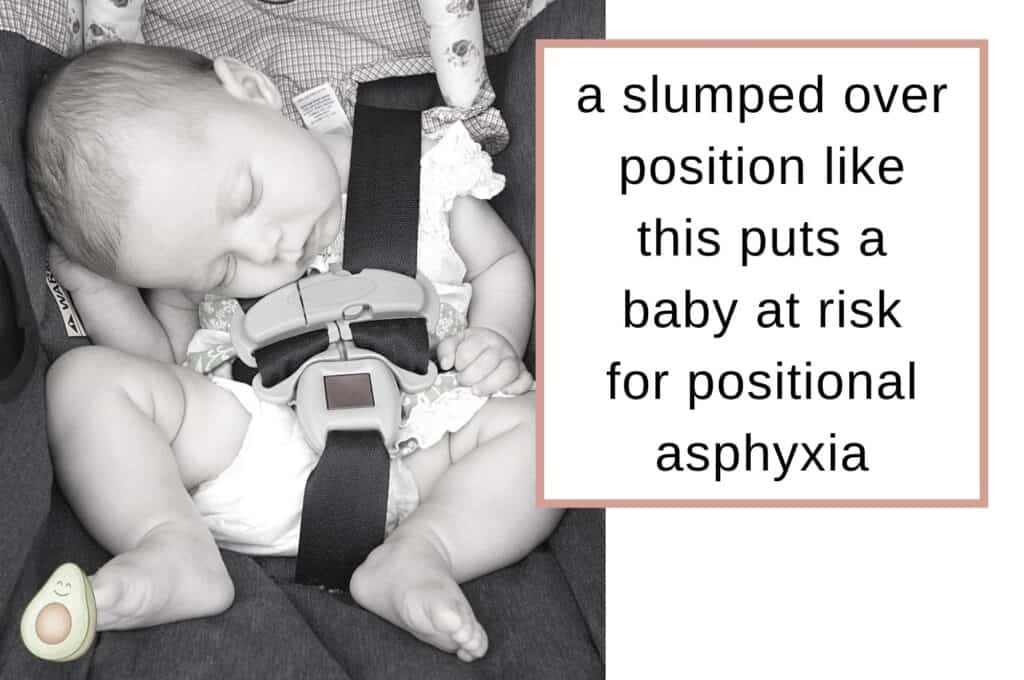
Can My Baby Sleep in a Bouncer—or is that a SIDS Risk?
Positional Asphyxiation June 6, 2018 ~ Sandra Moffatt Did you know? Babies are quite different to adults, this includes the way they breathe. Babies breathe through their nose unless they are crying, and are more prone to positional asphyxiation due to their under-developed airways.
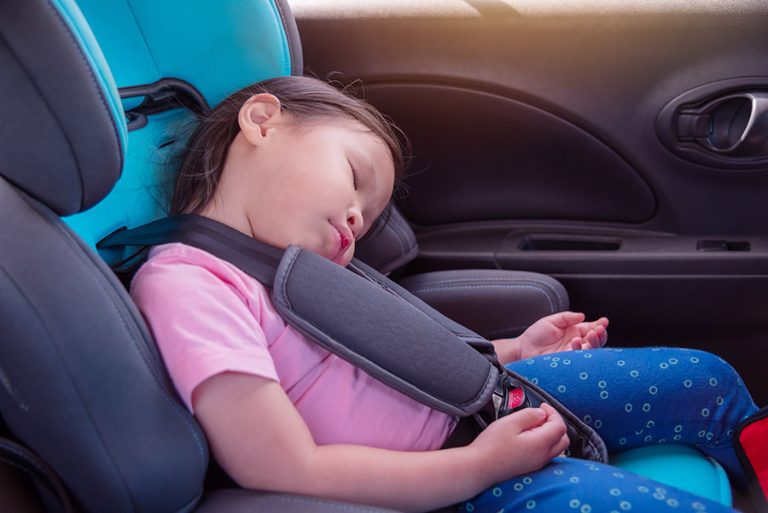
Protecting Infants and Toddlers from Positional Asphyxia Car Seats and Sling Carriers
The new federal Safe Sleep for Babies Act addresses the risks of 'positional asphyxiation,' which can happen when a baby falls asleep in an upright position A baby rides in a car seat in.
What you should know about positional asphyxia in infants Pulse Nigeria
The phenomenon of PA applies more to young infants -- less than 4 months, a critical developmental period with respect to the morphology of the spine, head and neck alignment, upper back strengthening, and notable upper airway vulnerability.

Positional Asphyxiation StandInBaby®
Positional asphyxiation is a postural cause (body position) that prevents them from breathing normally. Positional Asphyxiation in newborns At early stage (1-4months), a baby's head is so heavy that the neck isn't fully strong enough yet to support it.

Newborn Photography Positional Asphyxiation Prevention Lindsey Hoki Lindsey Hoki
Positional asphyxia can happen to anyone, but it's most common in infants when a baby cannot get enough oxygen to breathe due to the positioning of their body. Some believe this type of asphyxiation is a result of an infant being trapped between a surface, with their nose and/or mouth covered and restricting air.

What is Positional Asphyxia? (with pictures)
If a person's body is in a position that blocks the airways, it's called positional asphyxia.. a baby with birth asphyxia may have: pale or blueish skin. Chmieliauskas S, et al. (2018.
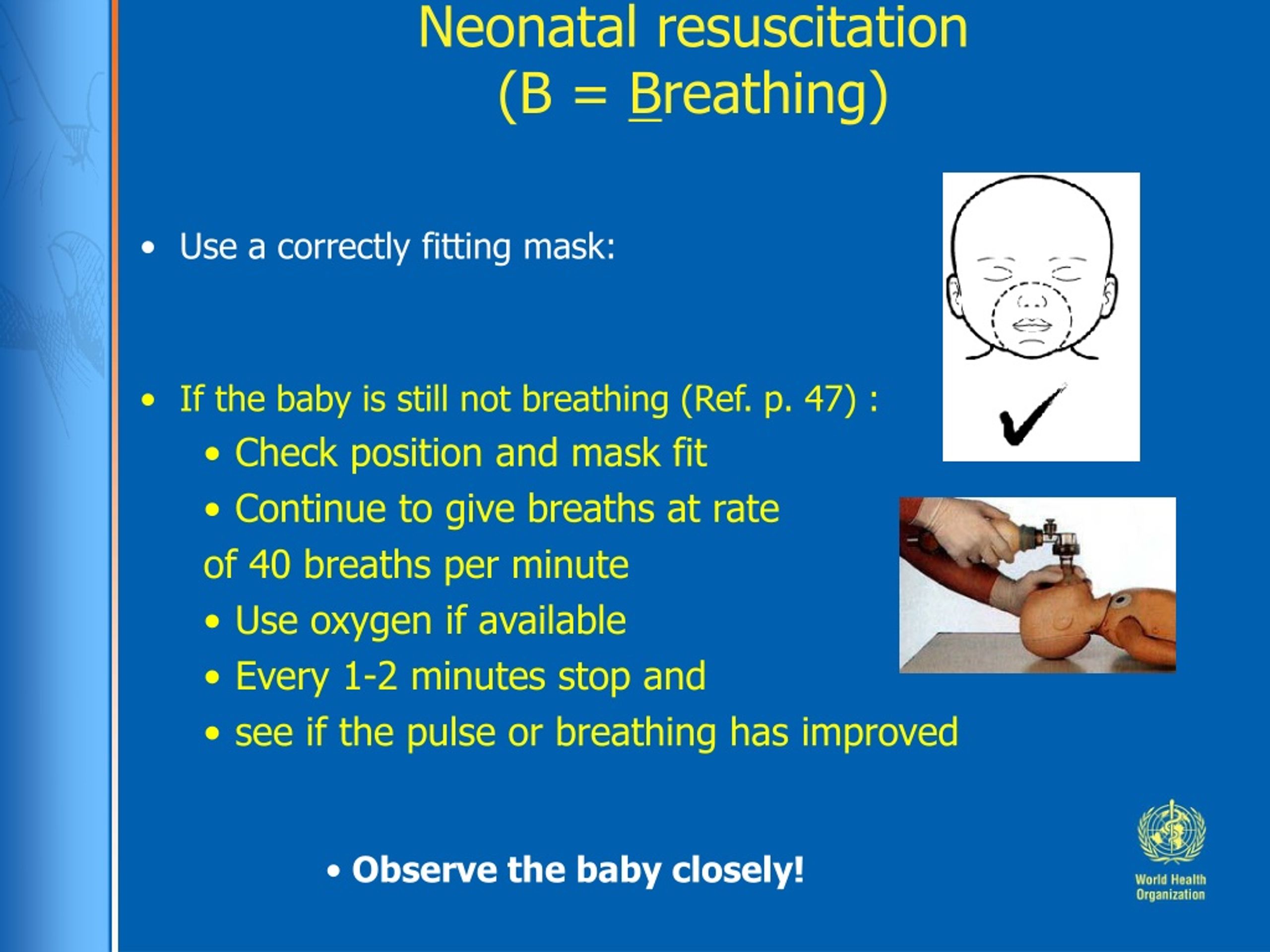
PPT Chapter 3 Problems of the neonate and young infant Birth Asphyxia PowerPoint
Of included articles, one retrospective review of 11 717 infant deaths identified that out-of-home SIDS were 2.6 times more likely to be associated with a carseat or stroller.³ A second.
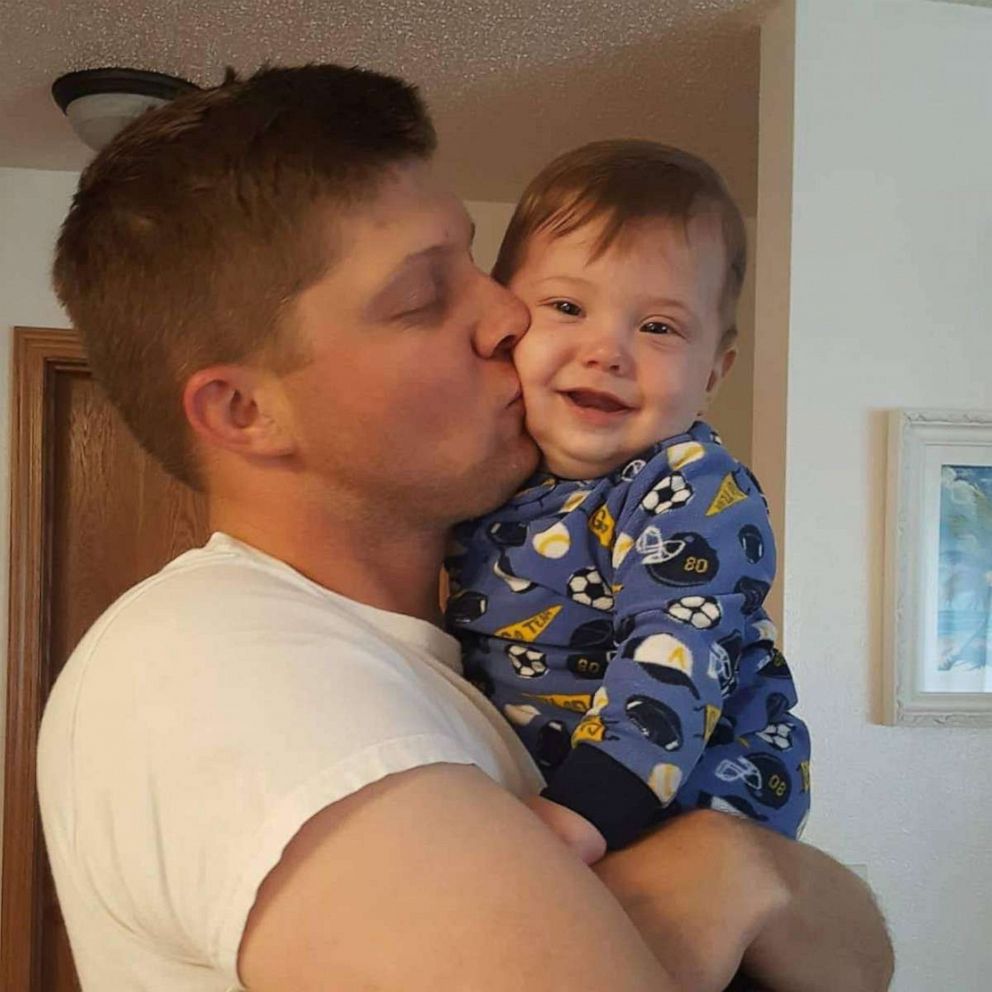
My son died from positional asphyxia in a car seat. Here's what parents need to know. ABC News
September 2, 2020 by Breathe Easy Baby Positional Asphyxiation Safety In April of 2019, Fisher-Price revealed that 10 infants died in their popular Rock n' Play Sleepers after suffocating due to rolling over onto their side or stomach. However, it soon became clear there was more to the story.

Positioning of infant's head in carseats for safety!! Car seats, Baby head, Newborn
Positional asphyxiation can occur in a baby carrier, as well as in other holding devices for babies including car seats, swings, and strollers. Often parents assume that if the baby has difficulty breathing he will fuss or cry. The majority of infants will protest if they are struggling to breathe; however, newborns, babies born prematurely or.
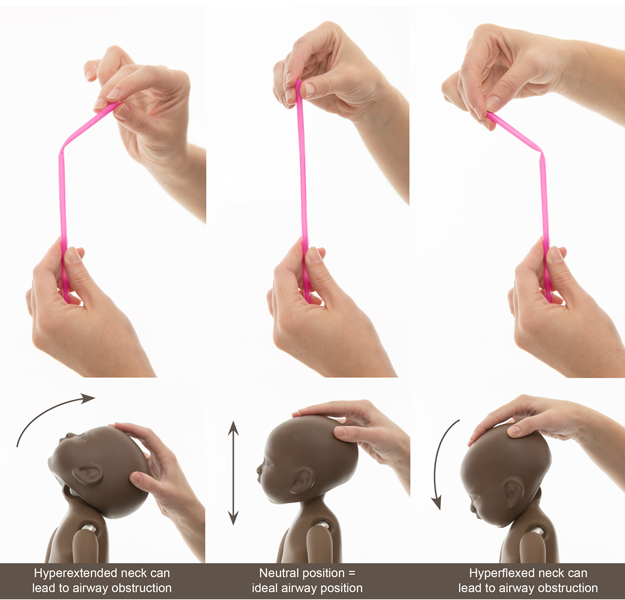
Positional Asphyxiation StandInBaby®
What is Positional Asphyxia? Babies who experience positional asphyxia cannot breathe because the position of their body blocks their airway. This can occur in several ways: When the mouth and nose are blocked by something covering them.

Positional Asphyxiation StandInBaby®
Study details Using fatality data from a large U.S. case reporting system, and reflecting data from 45 states, researchers compared risk factors for sleep-related infant deaths in both sitting and non-sitting devices to better understand the factors surrounding fatalities in sitting devices.

Positional Asphyxiation StandInBaby®
This slouched-forward position can cause positional asphyxiation; essentially the infant's airway is cut off and they cannot breathe. This issue is not unique to car seats; positional asphyxiation can happen in a swing, bouncy seat or a baby carrier.